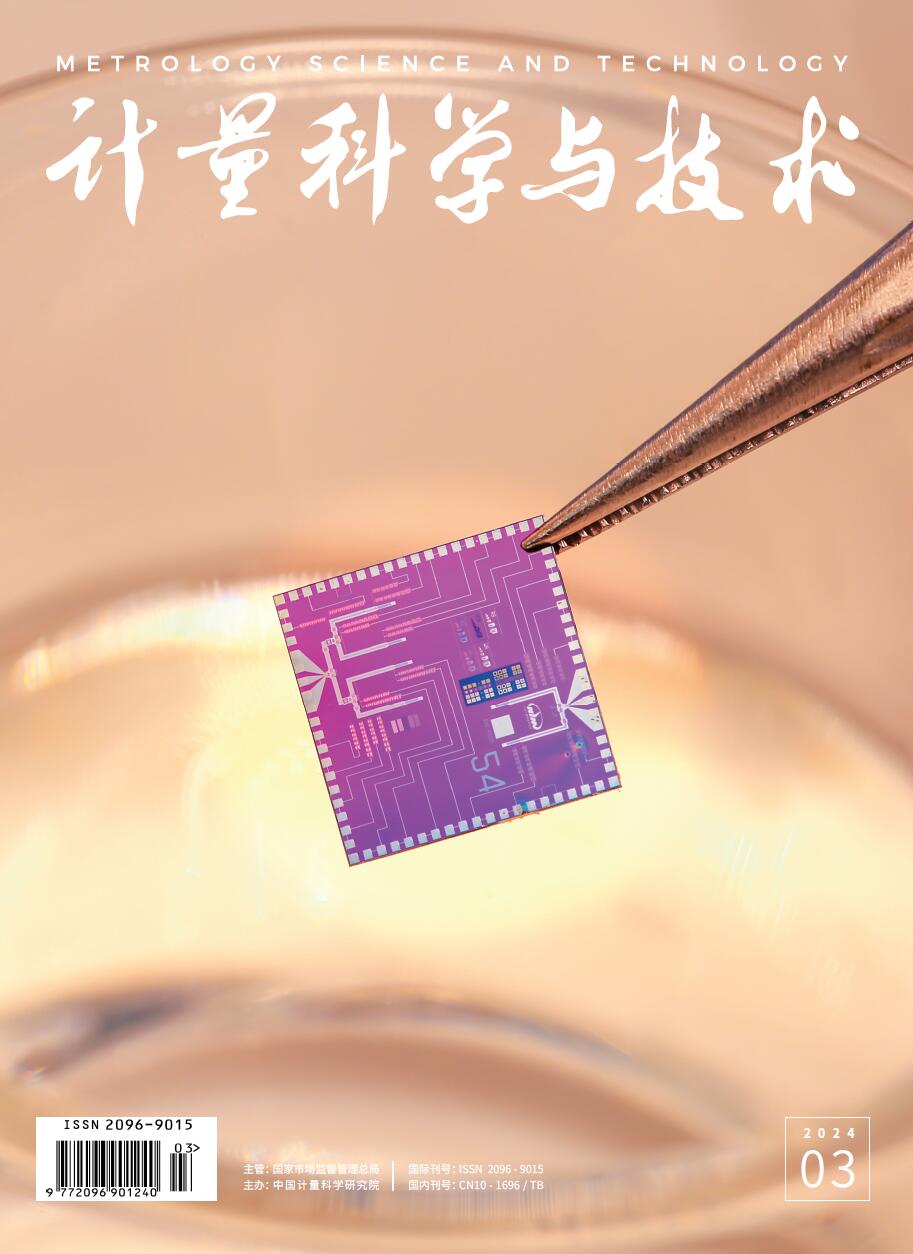Abstract:
Integrated intelligent control technology integrates various intelligent technologies and control strategies to address the limitations of effectiveness, adaptability, and scalability posed by the singular use of traditional control technologies in nonlinear systems, complex systems, and systems influenced by uncertainty. This technology seeks to enhance the scientific and technological attributes, robustness, and adaptability of control systems. The paper expounds on the features of fuzzy control, neural network control, sliding mode variable structure control, and genetic algorithms within the realm of intelligent control. It provides an overview of the integration methods of fuzzy control with neural network control, fuzzy control with sliding mode variable structure control, neural network control with sliding mode variable structure control, and genetic algorithms with fuzzy control. Additionally, it highlights the application scenarios of each integrated control approach in recent years. The technical specifications of intelligent control and its prospective developmental trends are also discussed.

 Submit
Submit Review
Review Office
Office Abstract
Abstract HTML
HTML PDF
PDF


